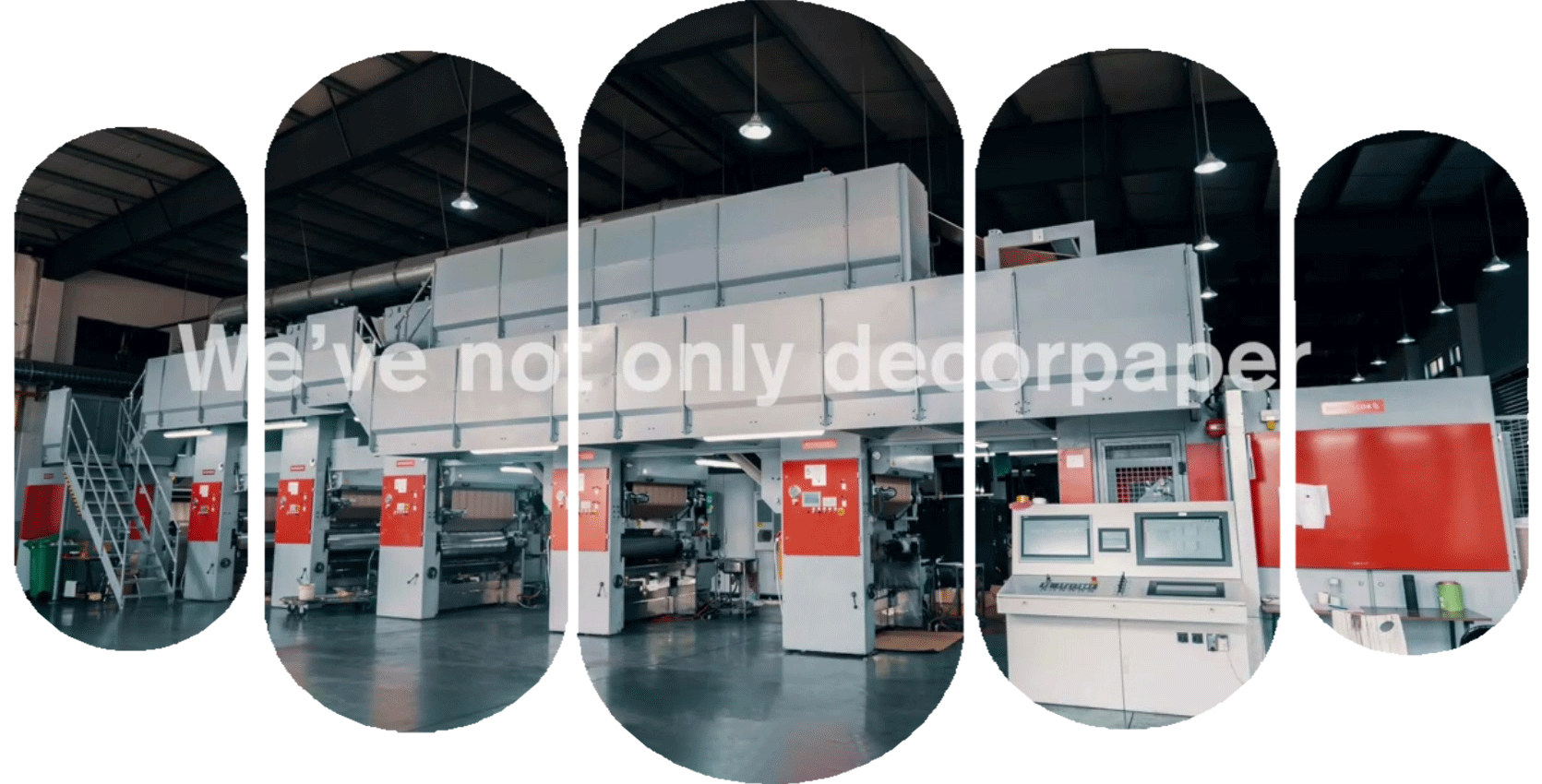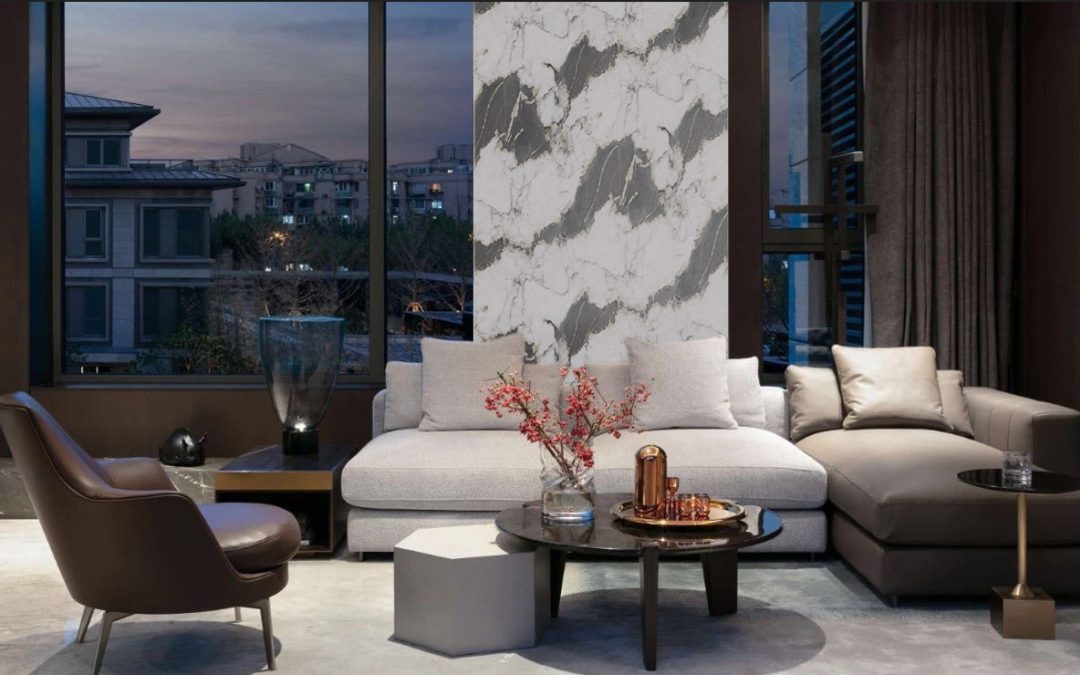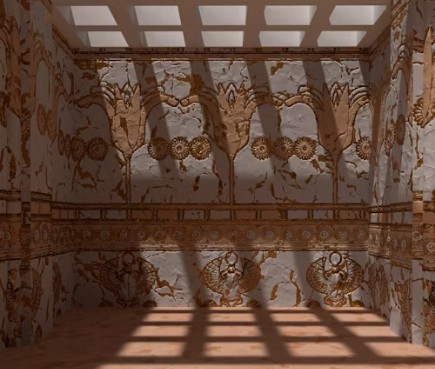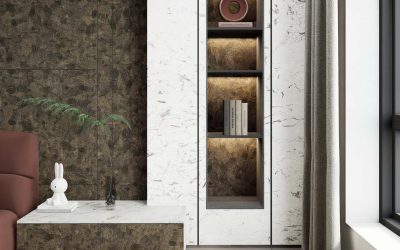ABOUT ABLE
Hangzhou Able Decorative Materials Co., Ltd. is an innovative enterprise specializing in the development, production and sales of high-end decorative paper. Founded in 2003, the company is located in Qingyun Industrial Park, Taihu Yuan Town, Lin ‘an District, Hangzhou City, Zhejiang Province. The factory covers an area of more than 20,000 square meters, with more than 2,000 square meters of modern standard workshops and more than 2,000 square meters of office buildings, with professional management, sales, technology, production, quality control personnel of more than 100 people. In 2020, it won the title of National New Technology Enterprise (valid until 2025.12.23). At present, the company has 13 automatic high-speed decorative paper embossing production lines, more than 2000 sets of plate rollers, more than 10,000 kinds of color, can produce 900mm-2200mm series of furniture, floor and fire board veneer decorative paper.
At present, the company also has 18 utility model patents. The company has passed ISO9001 quality management system (valid until 2026.11.15), ISO14001 Environmental management system (valid until 2026.11.15) and ISO45001 Occupational health and safety management system certification (valid until 2024.12.09) and FSC forest certification from SGS certification body (Valid until 2028.9.26).

Between black and white
___Between black and white
Between black and white
___Between black and white
Halsa teak
___Halsa teak
Halsa teak
___Halsa teak
Dance of Paper
In the dawn light, within the factory in Taihu Source Town, Lin’an, the rollers are spreading flawless base paper, as if unfurling a flowing stream of moonlight. As the designer sketches patterns at the desk, the pen tip rustles softly, and inspiration grows as delicately as a silkworm munching on mulberry leaves – every wood grain and stone texture born here is the spark of the collision between natural aesthetics and industrial precision. On the production line, base paper dyed in a riot of colors passes through high-temperature drying tunnels, instantly transforming into lifelike natural textures, like enchanted silk. Quality inspectors run their fingertips over the finished products, feeling textures ranging from coarse sandstone to warm teak, and closing their eyes, they can almost hear the breath of the forest. In the warehouse, rolls of decorative paper are stacked like giant books, awaiting to be cut into the skin of buildings or the gowns of furniture. As the twilight tints the Qiantang River, trucks laden with containers head for the port. These “paper artworks” born in the water towns of Jiangnan are now taking on the role of new envoys on the Silk Road, weaving the code of Eastern aesthetics into the fabric of global spaces.
















